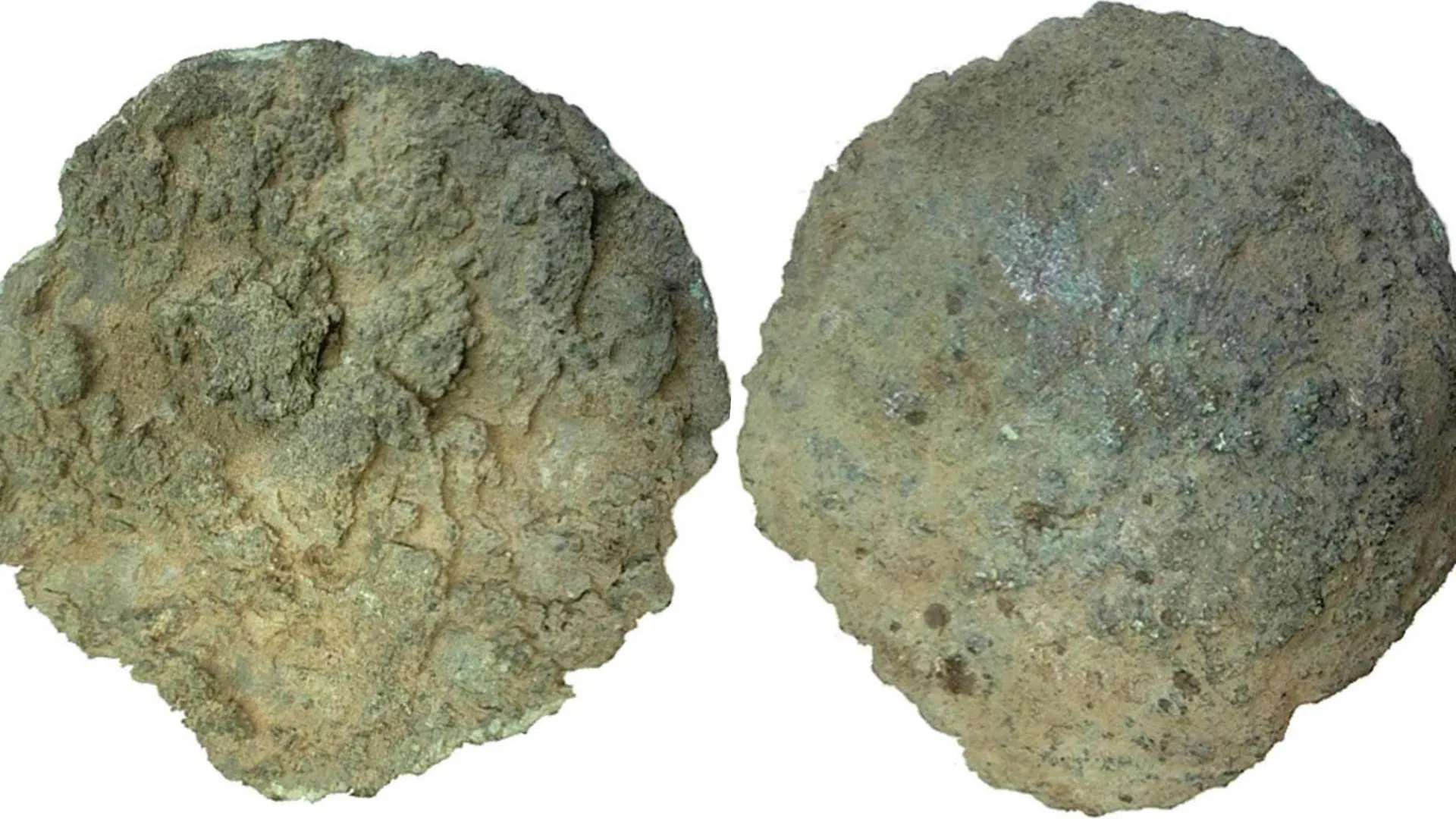UPDATE: A groundbreaking discovery in Sweden is challenging established narratives of the Iron Age. A previously thought Bronze Age plano-convex ingot has been reclassified as an Iron Age artifact following advanced chemical and isotopic testing by researchers at the University of Gothenburg. This revelation, announced on November 23, 2025, opens new discussions about ancient trade networks across the Baltic region.
The ingot, which was found isolated at the Särdal site, was initially believed to belong to an earlier era. However, its composition—a unique copper-zinc-tin-lead alloy—aligns closely with Iron Age findings from Poland. “Due to its shape and size, we assumed it was a Bronze Age artifact, but our analysis revealed it was typical of the Iron Age,” stated Serena Sabatini, a lead researcher involved in the study.
The significance of this find cannot be overstated. It underscores the importance of collaboration in archaeological research. The Swedish team partnered with Polish scholars to compare the ingot’s composition with similar artifacts, revealing broader connections and trade practices among ancient cultures. “Without this successful collaboration, we would have never achieved such remarkable results,” Sabatini added.
This discovery also highlights how isolated artifacts can gain context through scientific analysis. It demonstrates that combining archaeological approaches with modern techniques can transform singular findings into evidence of extensive historical networks. The researchers utilized established archaeometallurgical methods, including lead isotope and trace element analysis, to trace the origins of the metal.
The study, published in the Journal of Archaeological Science, emphasizes the need for international collaboration in unveiling patterns that would otherwise remain obscured. “Networking and data sharing are crucial for understanding our past,” Sabatini explained. “This work clearly illustrates how teamwork can enhance our comprehension of ancient societies.”
As archaeologists continue to analyze the Särdal Find, attention will shift to exploring further connections within the Baltic region during the Nordic pre-Roman Iron Age. This pivotal discovery not only rewrites sections of Iron Age history but also calls into question the narratives built around ancient trade and interaction across Europe.
Stay tuned for more updates on this developing story, as researchers work to uncover the full implications of this remarkable find.





